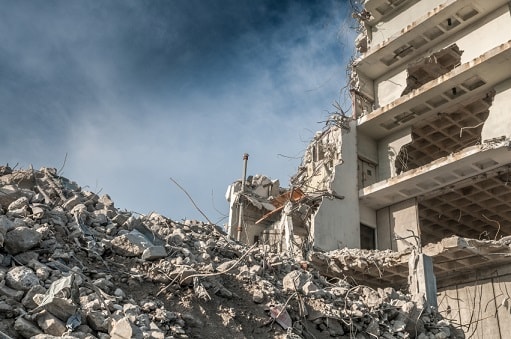Almost 30 million people, or one-fifth of the population of the Middle East, are vulnerable to earthquakes, according to a new Lloyd’s-sponsored earthquake risk model released by CATRisk recently.
The risk tool, which is available on the Oasis open risk modelling platform, uses a region-specific seismotectonic source model created from data of all earthquakes that have been recorded in the region, dating back to 400BC. It covers the following countries: Bahrain, Iraq, Jordan, Kuwait, Lebanon, Oman, Qatar, Saudi Arabia, Syria, the United Arab Emirates, and Yemen.
“Communities and businesses across the Middle East are exposed to a whole host of natural hazards, including droughts, floods, storms and earthquakes,” said Trevor Maynard, head of innovation at Lloyd’s of London. “Despite these exposures, the Middle East is one of the few regions in the world that remains largely in the dark when it comes to catastrophe model coverage.”
He added: “This new model will go some way to address that gap. By helping to identify and accurately assess risk exposures in the region we can help communities and businesses prepare for and build resilience to natural catastrophes.”
According to Lloyd’s, the Middle East, which has suffered almost 200,000 deaths due to 200 moderate and strong earthquakes between 1990 and 2014, has been mostly neglected by catastrophe risk modellers.
In recent years, the region has seen a huge boom in urbanisation and economic development, causing a huge demand for knowledge about potential catastrophe risks that may deal unprecedented amounts of damage.
Related stories:
China to form earthquake insurance system
Over $1bn in natural disaster losses globally for February
Asian urbanisation driving disaster losses


